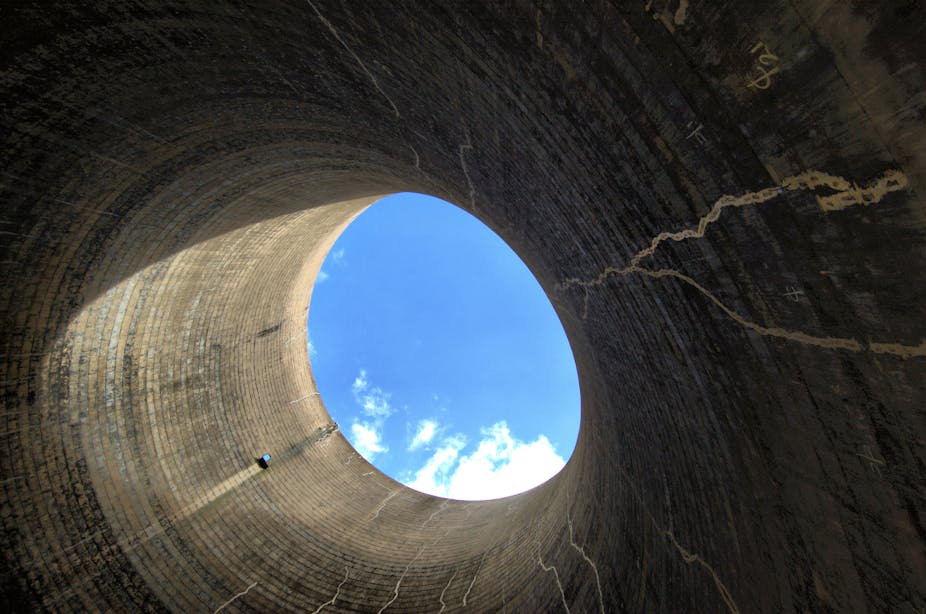There are few more important pieces of legislation under discussion in the UK than the Electricity Market Reform Bill. Though noble in its ambition to re-sculpt the energy landscape from a dependence on coal and gas towards low carbon technologies, there are overarching concerns as to whether the mechanisms it proposes are robust enough. This is particularly the case when it comes to nuclear energy.
The Department of Energy and Climate Change set out the detail of the mechanisms in play in a report released at the end of last year. According to the report, the reform bill is designed to provide an incentive for markets to make the transition towards low carbon technologies on a timescale which would also permit the UK to meet its self-imposed emissions targets.
Leveraging the market
At its heart, the bill embraces feed-in tariffs alongside contracts for difference. The feed-in tariff would guarantee that for an established period electricity would be purchased from the generator at an agreed volume and that there would be an agreed price, known as a strike price.
The contracts for difference element ensures that if the market price were above the strike price, then the generator would return the difference to the other party to the contract (likely to be a government-owned, limited liability company). In the opposite situation, a depreciation of the market price below the strike price will result in the generator being compensated.
The other market devices the government can deploy include a carbon floor price - which was announced in April at £16/tonne of CO2 emitted and will probably rise to £70/tonne in 2030 - and the capacity market. The latter, if used, will involve some fraction of the electricity market being auctioned.
The nuclear payload
How does nuclear energy fit into this one-size-fits-all approach? And given financial constraints, can the UK hope to construct power stations that would accomplish the recently projected ambition of up to 75 gigawatts of nuclear power by 2050?
The Hinkley Point C development by electricity company EDF will construct two 1.6 gigawatt reactors. The total cost is estimated to be £14 billion. These will be the first reactors of their type constructed in the UK and despite the design assessment being given broad approval, it is likely that there will be unanticipated construction issues, so the above estimate also includes the typical first of a kind costs.
A recent analysis published by the Committee on Climate Change indicates that the cost of electricity if the project is to break even over the lifetime of the reactor is of £85-100/MWh, with an assumed 11% return for the generator. If the same design of reactor is followed for future generations of reactors, then the cost is correspondingly expected to reduce to £60-75/MWh.
To set a scale for the degree of investment required, the cost for building each reactor is substantially larger than that required for the London Olympics complex. Even if the return was 100% (rather than 11%) it would take about six years to recover the up-front £14b investment. In reality, the pay-back will be over a period beyond 30 years.
A bad fit for nuclear
From the perspective of the Electricity Market Reform Bill, these timescales are bewildering. If the strike price is set it too high, the generator makes too big a profit. If it is set too low then no reactors get built.
Even worse is the fact that the strike price is being set at a time of maximum uncertainty. A recent survey by the British Geological Society indicates that there is substantially more shale gas in the UK than previously anticipated. This could provide a short-term solution to the question of energy security.
But for this solution to be low carbon would require the development of carbon capture and storage, a technology yet to be demonstrated on an industrial scale – and may not be sufficiently quickly for it to be deployed with shale gas.
Not to mention the fact that the international mood over climate change commitments is itself changeable. There is no guarantee that in 10 years’ time the overarching question to be answered will be “How do we reduce greenhouse gas emissions?”, but rather, “How do we deliver energy security?”.
The government must invest
It is abundantly clear that the inherent uncertainty in energy markets internationally, and the lack of clarity about the UK’s long-term position makes setting the strike price fraught with difficulty. It is also apparent that the mechanisms proposed in the Electricity Market Reform Bill may function well for some energy technologies, but are not a good fit for nuclear energy.
At the core of the problem has been the decoupling of government strategy and the markets. The government hopes to shape the mix of technologies through the markets, but the outcome cannot be guaranteed.
The magnitude of the investment and the concomitant timescale to rebuild nuclear power in the UK is such that a different model may be required – one in which there is greater public-private partnership in the sharing of risks, costs and eventually return. Government needs to consider a financial stake if nuclear power is to succeed in Britain.

